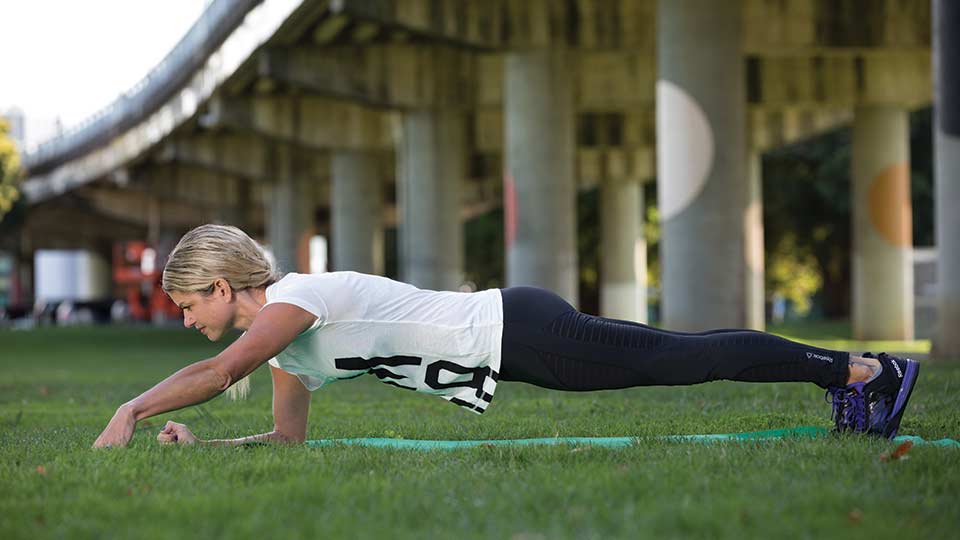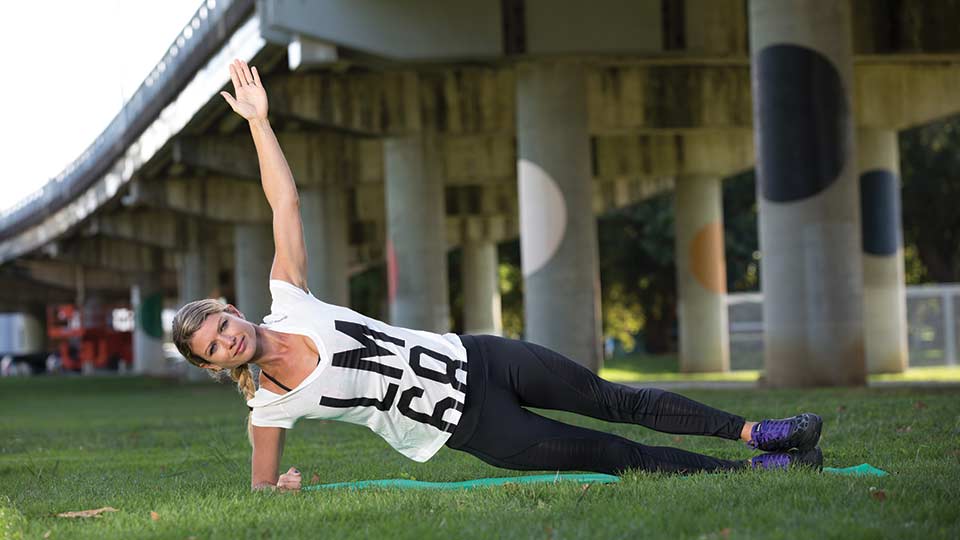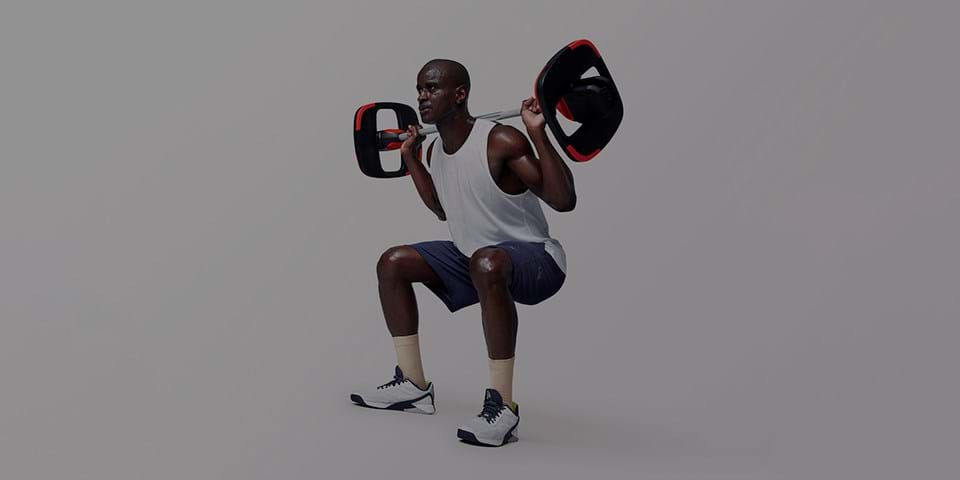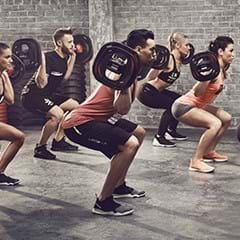Any exerciser worth their salt knows the importance of core training. Strong abdominal muscles are key to maximizing strength and stability, maintaining mobility and reducing the risk of injury. But while most of us recognize the importance of core training, you only have to scan your eyes across the gym floor to see that many exercisers could be doing a much better job of it.
So, what’s the optimal way to train your core?
A few years back Dr Jinger Gottschall and the team at Penn State University set out to explore which ab exercises elicit the greatest muscle activation – and therefore maximize functional gains and peak performance. The study compared the effectiveness of common ab exercises (which typically use one or two muscles and create a relatively small movement) with integrated ab exercises. Integrated ab exercises use the same muscles as traditional isolation exercises but they also work in conjunction with other muscles of the core as well as the arms and legs.
It’s clear that integrated ab exercises are the way to go.
The research showed that the activation of abdominal and lumbar muscles is greatest during exercises that also require deltoid and gluteal recruitment, these are integrated exercises. The research also highlighted the specific exercises that are proven to be more effective.
The three best core exercises

A hover with hand reach is the ultimate way to work your lower abdominals. Compared with a traditional crunch, this move increases rectus abdominis activation by 20 per cent.

A cross over mountain climber proves to be extremely effective when it comes to working your upper abdominals. Compared with a traditional hover, the cross over mountain climber increases rectus abdominis activation by 10 per cent and external oblique activation by 20 per cent.

A side hover is the ideal way to work the oblique muscles. The side hover provides 25 per cent more oblique activation than the oblique crunch.
How often and when should you work your abs?
According to ACSM (American College of Sports Medicine) guidelines healthy adults should aim to complete a strength training routine that incorporates core exercises twice a week.
It’s best to focus on ab training at the end of your workout. If you fatigue your core and then do further exercise that requires activation of your stabilizing core muscles (which is almost any type of exercise) not only do you risk injury, it’s likely that the exercise you do after your core training could be less effective.
Rather than tack on some core exercises after a cardio or strength session, opting for weekly core workout is another great option. In a 30-minute CXWORX™ workout you can strengthen your core as you hone in on the torso and sling muscles that connect your upper and lower body, tightening your tummy and butt.
How to maximize the effectiveness of ab exercise
When it comes to getting the most from any training, fatigue is key – as it’s reaching fatigue that generates the greatest amount of muscle change. When doing integrated exercises, like the hover and plank you are able to reach fatigue faster because they are recruiting lots of different muscles.
Most integrated ab exercises can be modified in intensity to suit different levels. For example a hover on your knees, a hover, and hover with a hand reach are essentially the same move, but the different variations provide challenge for different levels of ability. A good personal trainer or instructor will be able to coach you through the option that will provide challenge without jeopardizing technique.
So, how do I get a six pack?
Core training is undoubtedly a good thing, but smashing out sets of ab exercises doesn’t automatically lead to a chiseled six pack. The secret to a well-defined mid-section is ridding the awful abdominal fat that many of us have covering our six packs – and you can’t do that by following the spot reduction theory.
“When it comes to fat, spot reduction just doesn’t work,” says Bryce Hastings, Les Mills’ Head of Research. “You need to focus on overall energy expenditure if you really want to burn fat.” He adds that, while there are numerous ways to expend energy and burn fat recent research shows that specific forms of high-intensity interval training can be superior, particularly when it comes to stubborn stomach fat.
Rid your mid of any excess fat and you won’t just enjoy the aesthetic benefits. Too much fat around your middle really can wreak havoc with your health. Diabetes, metabolic syndrome, heart disease and hypertension have all been linked to excess abdominal fat – so cutting excess fat from your core really is critical.








